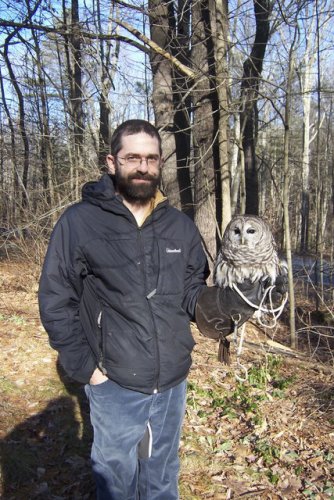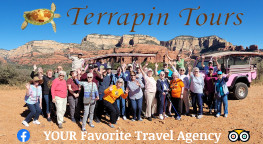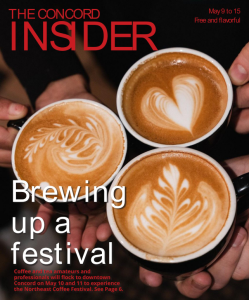Last summer when I was volunteering at the Little Nature Museum in Hopkinton, a woman came in and talked with me about a sound she had heard at night coming from the woods behind her house. She then imitated the noise and asked, “Who made that sound?”
I said, “You just did.” Then I explained there were any number of night creatures that could have made a sound similar to the one she had just given.
We can quickly identify some of the sounds in the night forest. For example, there is no mistake who is singing the whip-poor-will's song. But some creatures have a vast repertoire of voices and it is a puzzle to figure out the sound's owner.
The porcupine is one such animal. Zooligist Jonathan Wright has written, “Porcupines are very vocal and make a wide variety of noises, ranging from high-pitched whistles to whines, moans, screams, screeches, hoots, grunts, coughs, wails and barks.” He added that young porcupines make a noise like someone singing an ascending scale note by note and sometimes ends with what sounds like a piglet's squeal or a baby's cry.
During the summer at night when our windows are open or we are out camping, we become more aware of nature's voices in the night, especially the utterances of owls. They hoot to proclaim territory or attract a mate. You might even be entertained by two owls communicating with each other to establish a rendezvous. In my research, I learned that owls can begin vocalizing with peeps and squeaks even before hatching. In addition to hooting, owls will also make noises like gurgles, squawks and puppy-like yipping.
Kevin Wall, educational director for the New Hampshire Audubon Society's McLane Center in Concord, talked with me about a barred owl that was injured by a car in 1999 and could not be returned to the wild. Wall uses the owl for educational purposes and is surprised by the unusual sounds given by the owl in front of an audience of young students.
Frances Backhouse, in “Owls of North America” wrote, “Vocal development of owls is innate, rather than learned, meaning that even an owl raised in isolation will produce the same calls and songs as the rest of its kind.” He further noted, “Hooting snowy owls have been heard by humans at distances up to several miles.”
If space allowed, we could talk about the eerie yapping of hungry coyote pups, the distress call of a rabbit, the yowl of a scolding vixen fox, the growl of an opossum, the snort of a deer, and the snarl of a bobcat or any other sounds in the New Hampshire outdoors at night.
Getting back to my conversation with the lady at the Little Nature Museum, she continued to talk about the sound she had heard in the woods behind her house at night.
I asked her about the time of night, the type of habitat in her area, the season of the year and the weather when she heard the sound. To the amusement of everyone in the museum she imitated the sound again. I said, “That was most likely a porcupine you heard.”
She responded, “I'll be back next year for more voices of the night for you to identify.”






















